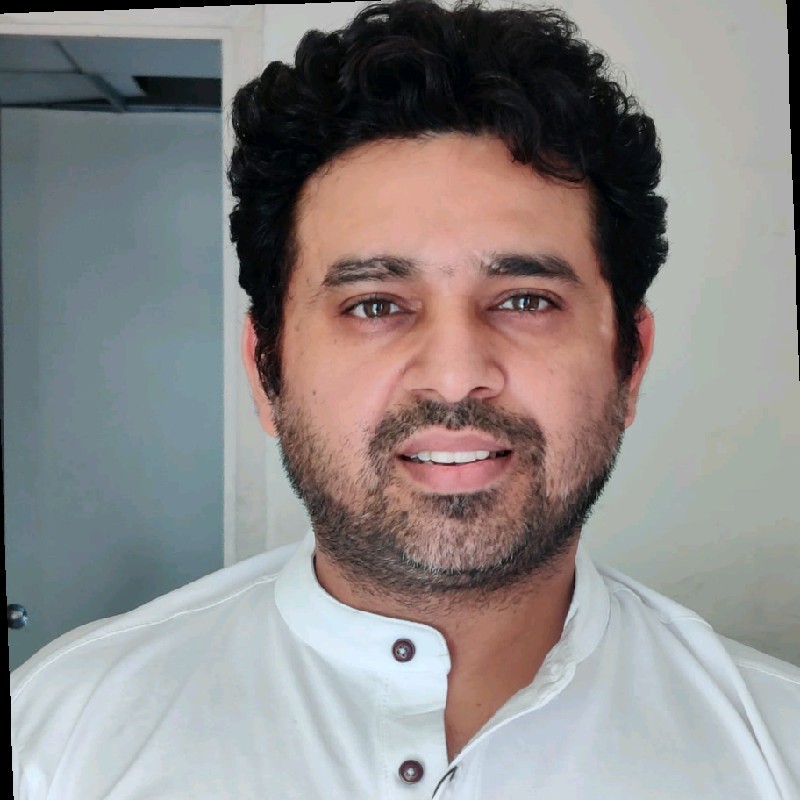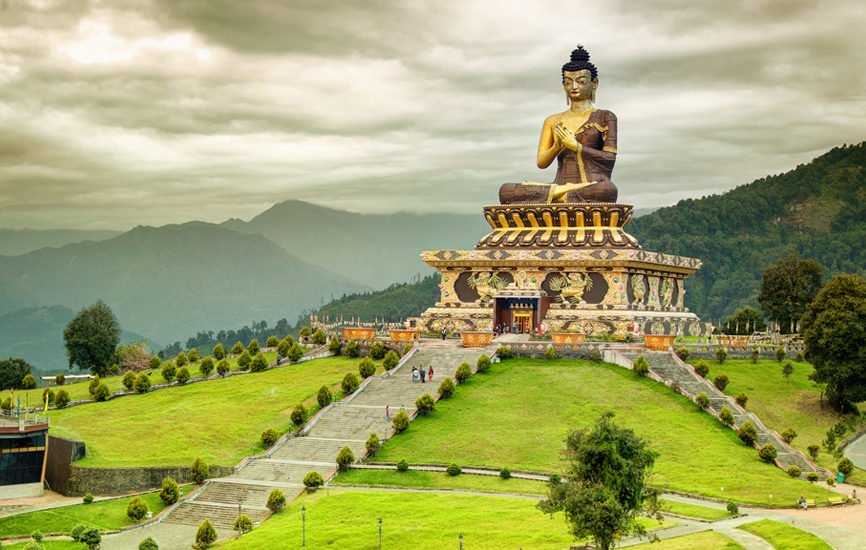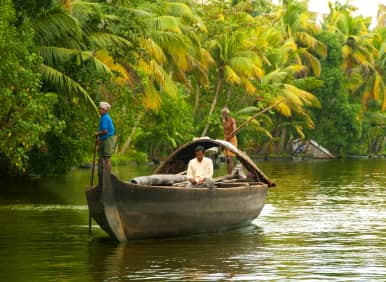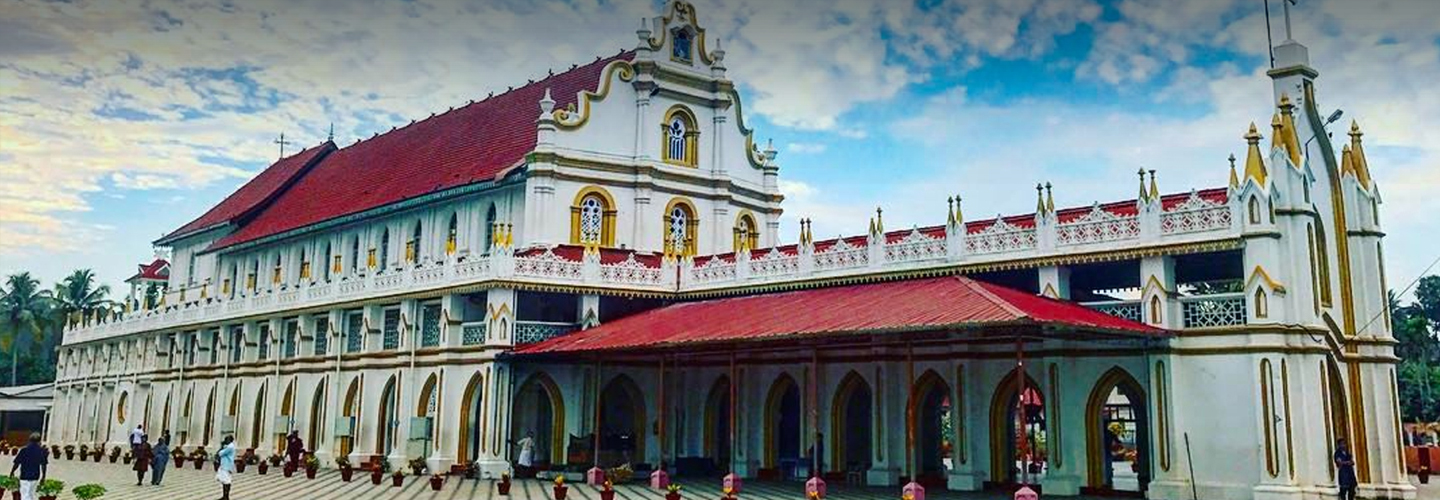All you need to know about Kochi
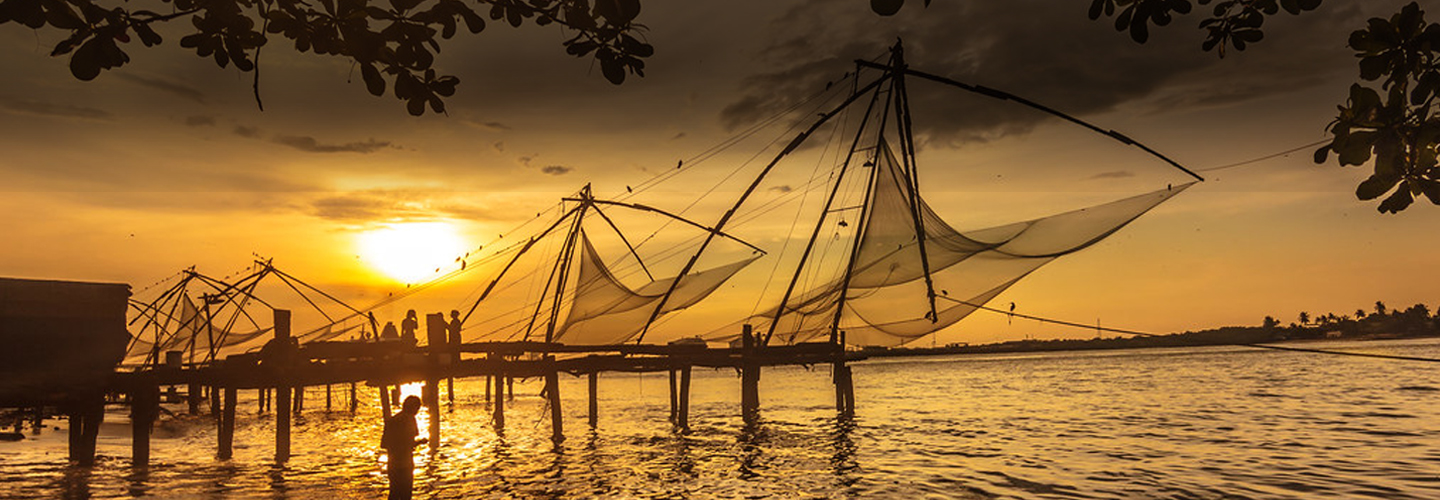
No visit to Kerala can be completed without making a halt at Kochi. It happens to be an old city with a long-standing tradition of tolerance for all religions. However, it is the natural beauty found in and around the town that strikes the first time visitor forcefully. The swaying trees and amazing backwaters create a magnificent picture that has leaves of the visitors pining for more. The coconut palms that sway gently in the breeze resemble a fairy tale like setting while the charms of the old and biggest city of the State draw admiration from all and sundry.
Kochi is indeed the primary city of Kerala without being its capital. The breathtaking landscape and vivid greenery all around make the visit to Kochi totally worthwhile for people who are accustomed to the concrete jungles of urban locations! Almost all tourists instantly make a beeline for the beautiful backwaters that are both novel and magical in its appeal. Kochi, formerly known as Cochin, is a busy metropolis with a serene region within it. The waterways and green palms beckon the travelers big time who are mesmerized by the scenic grandeur despite the human-made structures evident close by.
Hard though it is to turn one’s eyes away from nature, the tourists cannot help but marvel at the enchanting city that had been grazed by multiple cultures from around the world in the ancient time. The Arabs, British, Portuguese, and Chinese have all made their homes here once upon a time with Kochi being the only city in India to sport a synagogue built by the Jews who had been persecuted everywhere else but here. An enthralling tradition that speaks its volumes in favour of the local people!
History buffs will undoubtedly be overjoyed to find museums, architectural wonders and old relics that make Kochi come alive through different ages. The religious minded would not be disappointed either for there are temples galore here long with European churches along with mosques and a synagogue that showcase how quickly the great religions had blended without a hint of animosity. The culture of Kochi is evident in its prestigious dance form, the Kathakali. These enigmatic performers do get ready in bright colours and costumes and tell the emotional lyrical story of their native land by their movements and awe-inspiring expressions. The adventure minded is free to pursue a number of activities while the laidback tourist can choose to relax on the sand, near the sea with the waters lapping gently at the feet.
History
Erstwhile Cochin, the modern day Kochi had been the hub of trade and commerce in the ancient time. It’s proximity to the Arabian Sea made it easily accessible by the traders from Arabia and Portugal as well as from various other regions of Europe. The city gets a mention in the chronicles of the Chinese traveler Ma Huan as well as the writings of Niccolo da Conti who visited Cochin in 1440 AD. However, many of the facts about the city have been obscured by time with Cochin beginning to gain prominence only after the fall of the Kulashekhara kingdom.
Cochin did have a titular head through long years of colonial invasion, but the land was ruled directly by a host of foreign invaders from Europe predominantly. A factory was founded by the Portuguese ruler at Cochin who had to go to war against the local Zamorin in order to defend it. It ended in the total destruction of the Arabic trading posts, and Fort Manuel was built to safeguard the factory. The ascendency of the Dutch followed the defeat of the Portuguese, but it was the British who ruled for a long time afterwards. Cochin became the first state to join the Indian Union post-independence. The city was slowly rebuilt keeping the welfare of its citizens in mind, and now a vast metropolis as well as a significant industrial and commercial centre of South India.
Kochi’s Culture
Kochi had been at the crossroads of civilizations from almost all parts of the world. The sea traders, travellers and invaders have been lured by the exquisite spices of the region for centuries. While most of them departed the land in time, each left behind a tiny portion of their culture that was assimilated by the local people of Kochi creating an amalgamation that is hard to find elsewhere. The relics of diverse cultures are still located within Kochi with the Mattancherry Palace of the Dutch, the elaborate fishing nets of the Chinese, the Dutch Bolgatty Palace and the remains of British structures coming together to create an enticing history of civilization that took place here.
Almost half of the city’s populace follows Hinduism while the Syrian Christians and Roman Catholics come a close second. However, there are many Muslims along with a dwindling population of Jews found here as well. All communities coexist peacefully and take part in each other’s festivals making it an example of sorts for showcasing religious harmony.

